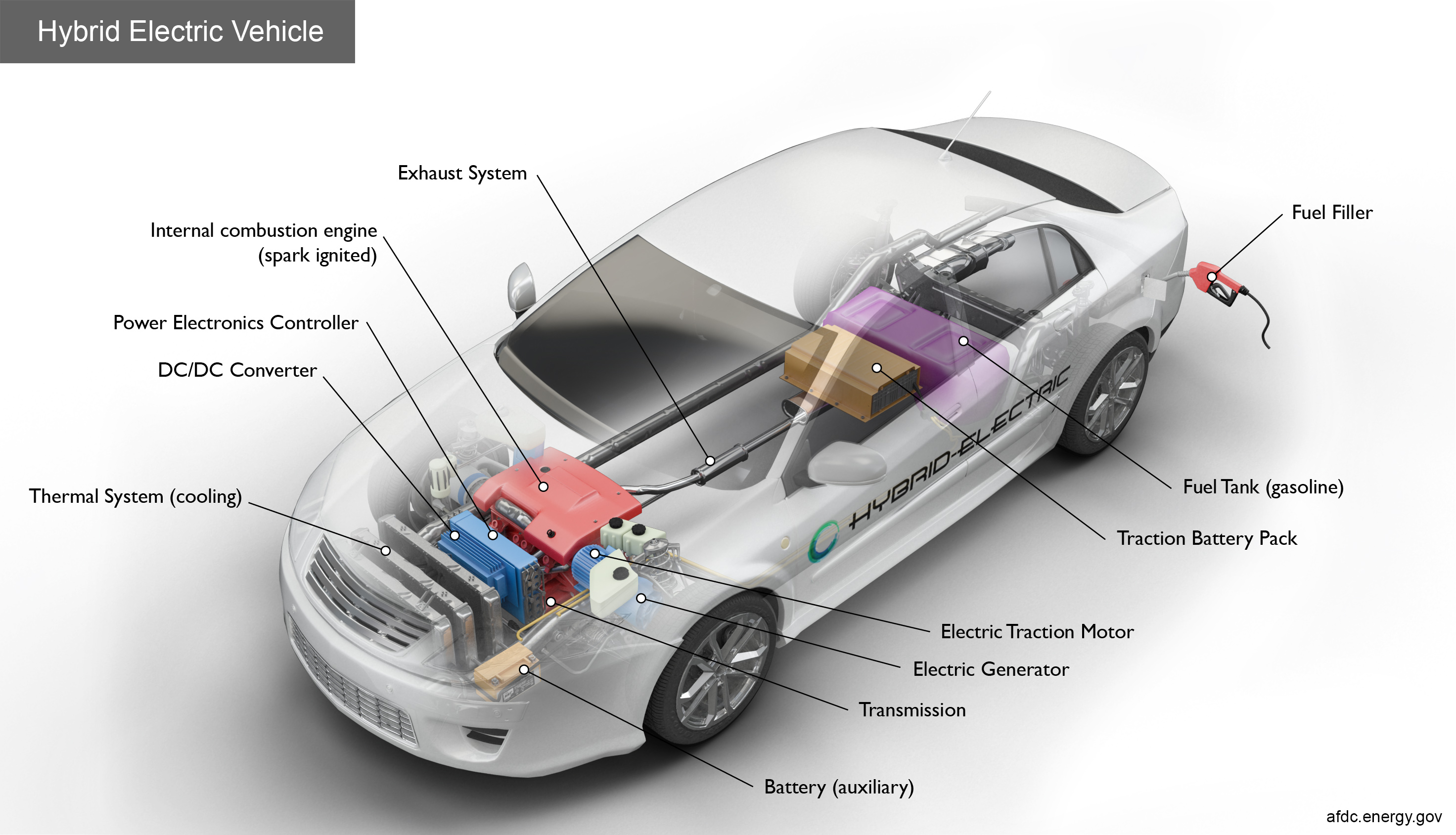
How Electric Motors Work
Electric motors are the heart of electric vehicles (EVs). They convert electrical energy from the battery into mechanical energy to power the wheels. The motor has three main parts: the stator, rotor, and controller. The stator stays still and creates a magnetic field, while the rotor spins inside the stator. The controller manages the flow of electricity to the motor, ensuring smooth operation.
There are three common types of electric motors in EVs: AC induction, permanent magnet synchronous, and switched reluctance motors. AC induction motors are durable and work well in high-speed conditions. Permanent magnet synchronous motors are more efficient and compact, making them popular in modern EVs. Switched reluctance motors are less common but offer cost advantages.
Electric motors are far more efficient than internal combustion engines. They convert over 90% of energy into motion, while gas engines only convert about 20-30%. This efficiency directly impacts EV range and acceleration. For example, Tesla’s Model S Plaid uses a tri-motor setup to achieve 0-60 mph in under 2 seconds.
Impact of Electric Motors on EV Insurance
Electric motors significantly influence EV insurance costs. Replacing or repairing an electric motor is often more expensive than fixing a traditional engine. This is because EV motors are highly specialized and require skilled technicians. Insurers factor these costs into premiums.
EV insurance policies also emphasize coverage for the motor and battery. For example, if your EV’s motor fails due to a manufacturing defect, comprehensive coverage may help cover repair costs. Some policies even include towing and labor if your battery dies, ensuring you’re not stranded.
Advancements in motor technology, such as improved efficiency and durability, are changing how insurers assess risk. For instance, EVs with advanced motors may have lower repair costs over time, potentially reducing premiums.
EV Insurance Coverage Options
EV owners have several coverage options to protect their vehicles. Comprehensive coverage safeguards against theft, vandalism, and damage to the motor or battery. Collision coverage is essential for accidents involving the motor, which can be costly to repair. Liability coverage protects you if you’re at fault in an accident that damages another vehicle or property.
Additional options like rental reimbursement and roadside assistance are particularly useful for EVs. For example, if your EV runs out of charge, roadside assistance can tow you to the nearest charging station. Bundling policies, such as combining auto and home insurance, can also lead to significant savings.
Insurance Implications of EV Technology Advancements
As EV technology evolves, so do insurance policies. Improved motor efficiency and longer battery life reduce the likelihood of breakdowns, which can lower insurance costs. Insurers are also using telematics and data analytics to better assess risk. For example, some companies offer discounts for safe driving habits tracked through apps.
Autonomous driving technology is another factor. As EVs become more autonomous, the risk of accidents may decrease, potentially lowering premiums. Insurers are also collaborating with EV manufacturers to develop specialized coverage options tailored to new technologies.
Saving on EV Insurance
Safe driving is one of the best ways to lower EV insurance premiums. Many insurers offer discounts for maintaining a clean driving record. Other discounts include good student, new vehicle, and military on-base discounts. Bundling policies, such as combining auto and home insurance, can save you up to 30%.
Automatic payments and storage discounts are also available. For example, if you store your EV during winter months, you may qualify for a storage discount. The MyUSAA Legacy Discount is another option for eligible members, offering additional savings.
Choosing the Right EV Insurance Provider
Selecting an insurance provider that understands EV technology is crucial. Look for features like easy claims handling and 24/7 roadside assistance. Providers with a strong track record in EV insurance, such as USAA, often offer specialized coverage options.
When comparing providers, consider their claims process and customer service. For example, USAA allows policy updates and claims through their website and mobile app, making it convenient for EV owners. Always review the terms and conditions of your policy to ensure it meets your needs.
By understanding how electric motors work and their impact on insurance, EV owners can make informed decisions about coverage and savings.












